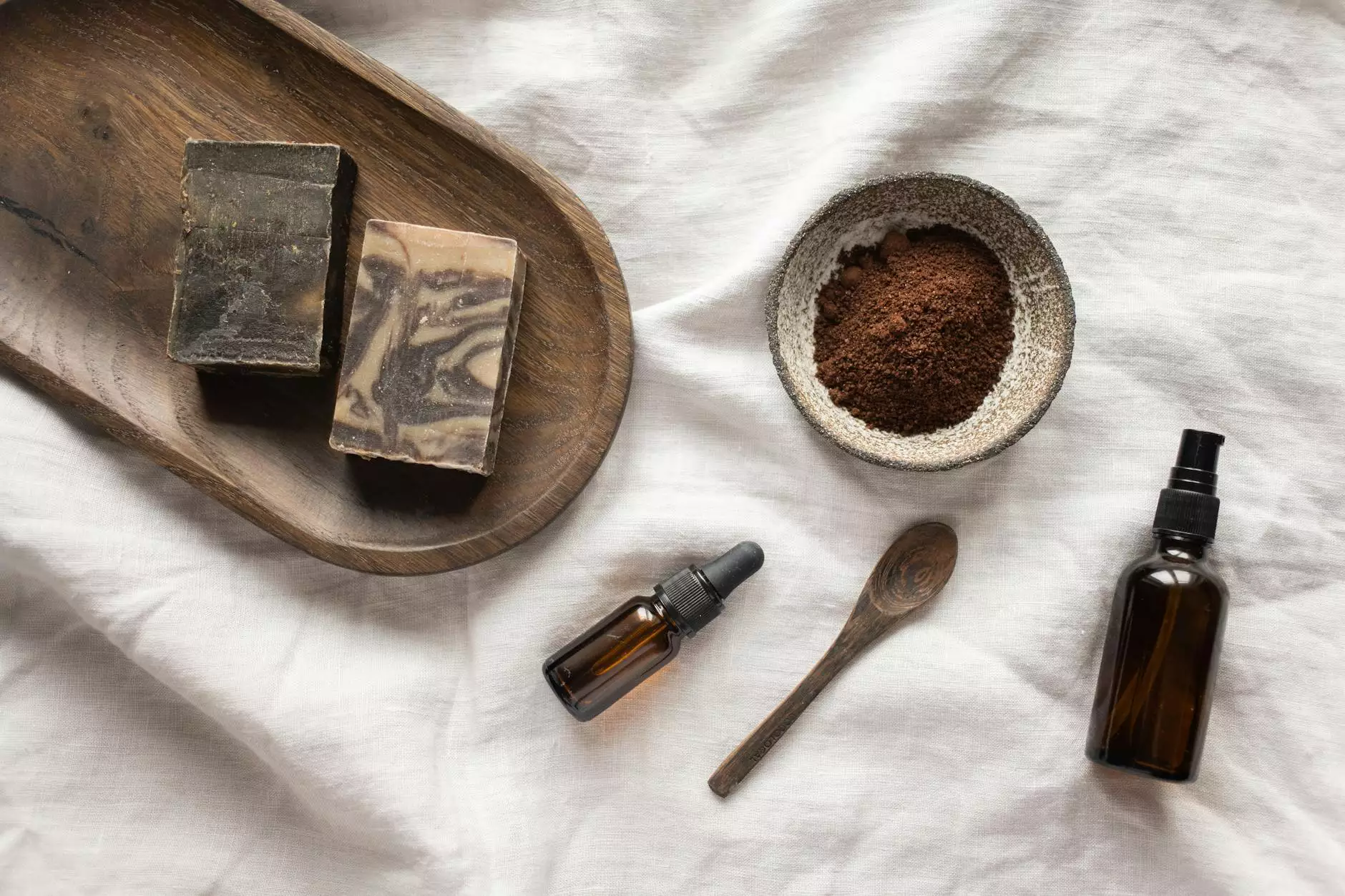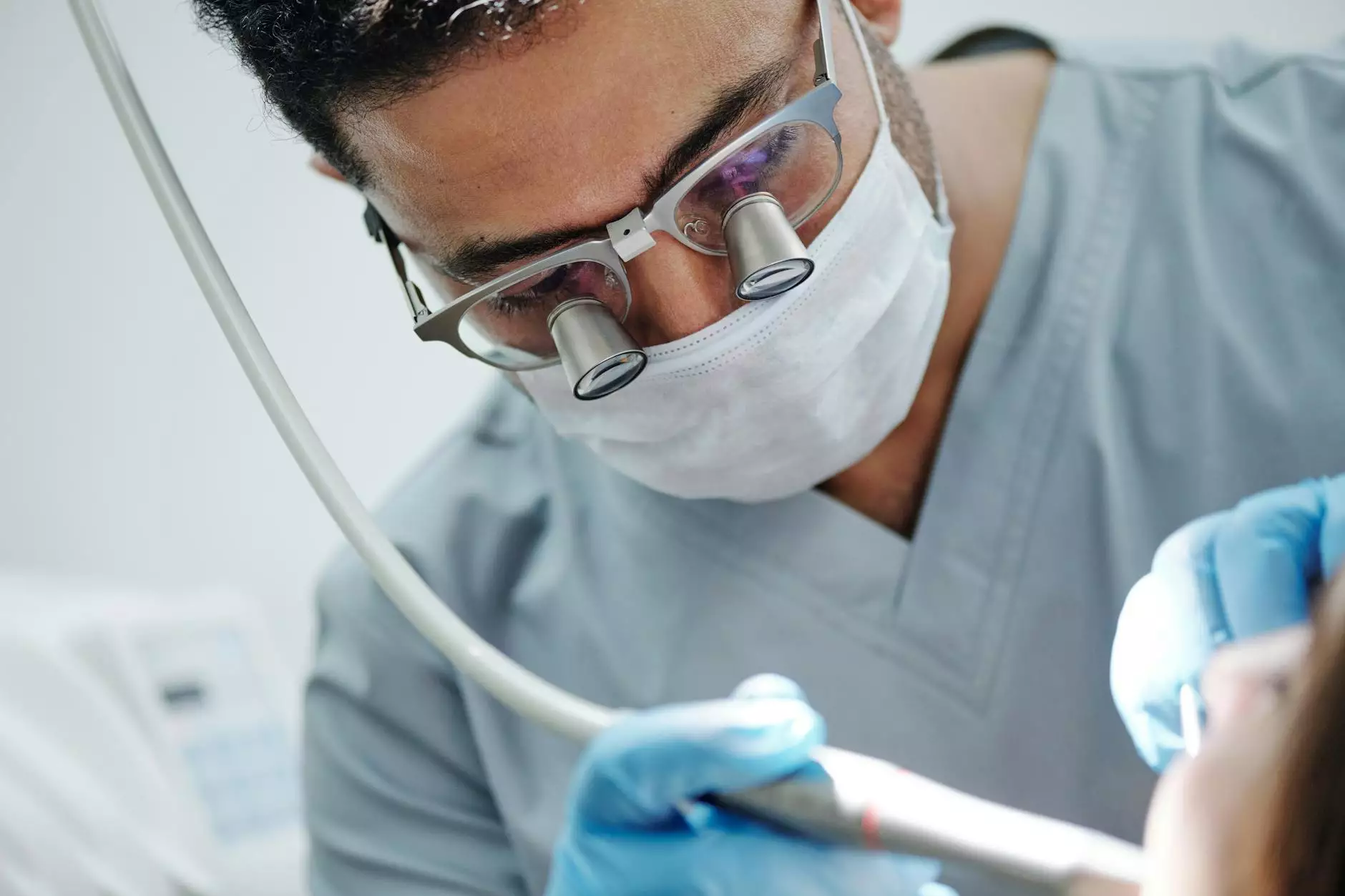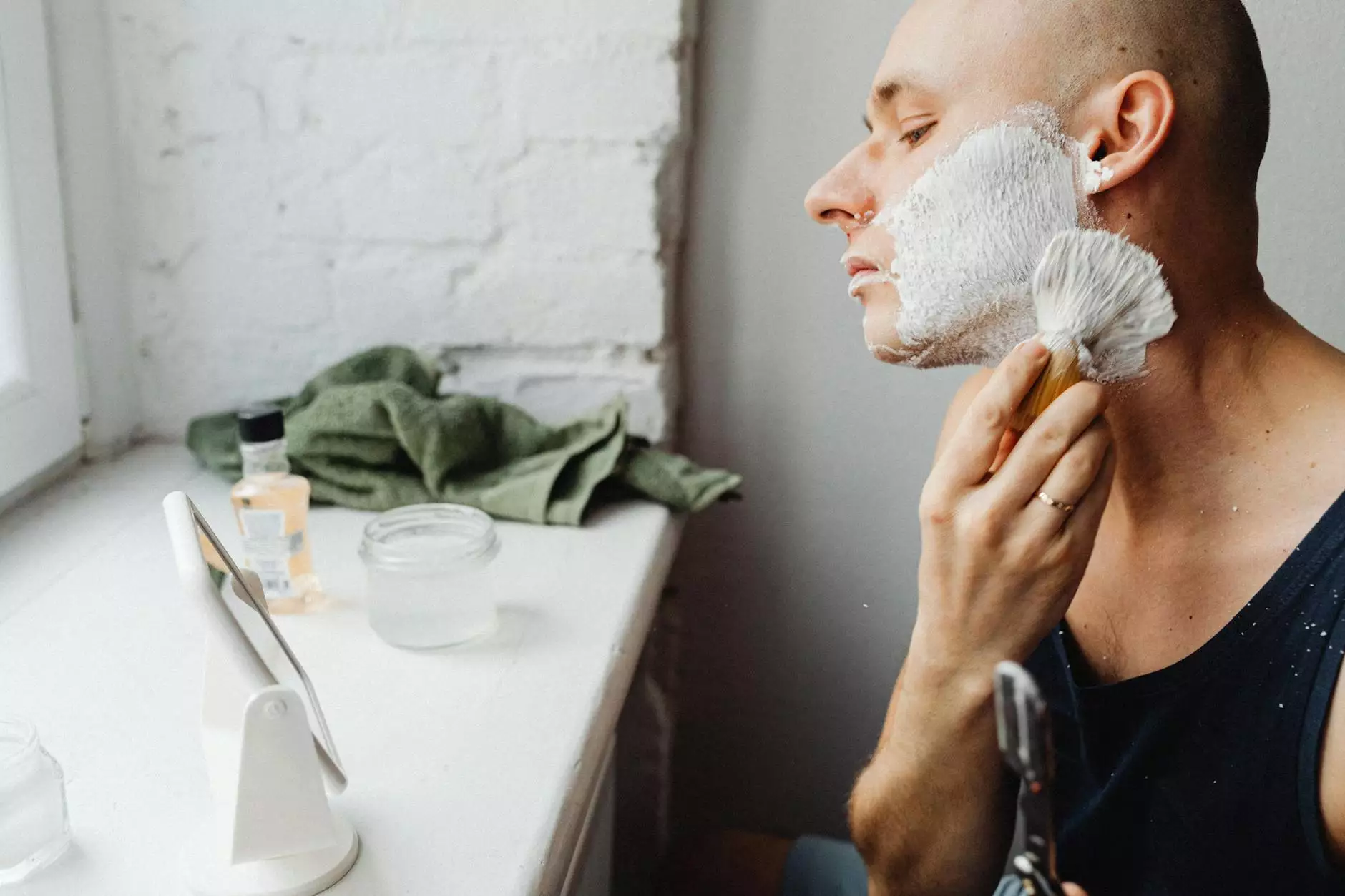Understanding Brown Spots on Feet and Legs: Causes and Treatments

Brown spots on feet and legs can be a common concern for many individuals. These spots, often referred to as hyperpigmentation, can appear for a variety of reasons and may vary in size and shade. For those exploring vascular health or simply seeking to enhance the aesthetic of their legs, understanding the underlying causes, treatment options, and preventive measures for brown spots is crucial. In this comprehensive guide, we will delve into everything you need to know about brown spots on feet and legs.
What Are Brown Spots on Feet and Legs?
Brown spots, or age spots, often emerge as a result of the skin's response to sun exposure, aging, and other factors. These spots are usually harmless but can sometimes indicate underlying health concerns. It's essential to be proactive in caring for your skin and consulting with a healthcare provider if you notice changes in your skin's appearance.
Causes of Brown Spots on Feet and Legs
Understanding the causes of brown spots on the skin is critical for effective treatment and prevention. Below are some of the primary factors that contribute to the development of these spots:
1. Sun Exposure
A significant cause of brown spots is ultraviolet (UV) radiation from prolonged sun exposure. UV rays can trigger melanin production, leading to localized pigmentation on the skin. Wearing sunscreen and protective clothing while engaging in outdoor activities is essential to prevent such spots.
2. Aging
As individuals age, the skin naturally loses elasticity and begins to thin. This process can result in the appearance of brown spots. The aging process is often accompanied by sun damage accumulated over the years, exacerbating the pigmentation issues.
3. Hormonal Changes
Hormonal fluctuations, especially in women during pregnancy or menopause, can lead to an increase in melanin production. Such hormonal changes can cause the appearance of brown spots, particularly on areas such as the legs and feet.
4. Skin Injuries
Previous injuries or wounds to the skin can trigger post-inflammatory hyperpigmentation (PIH), where brown spots develop at the site of healing. It's vital to treat injuries properly to minimize the risk of such pigmentation changes.
5. Medical Conditions
Certain medical conditions, like liver disease or endocrine disorders, can contribute to the development of brown spots. If there is an unexplained increase in pigmentation, medical consultation is advised to rule out any underlying health issues.
6. Medication Side Effects
Some medications can cause photosensitivity, making the skin more prone to pigmentation changes upon sun exposure. Discussing potential side effects with your healthcare provider is essential if you are taking medication that falls into this category.
Identifying Brown Spots: What to Look For
While brown spots are generally benign, it's important to keep an eye on any changes. Here are some characteristics to keep in mind:
- Symmetry: Healthier spots are often symmetrical in shape.
- Color Variations: Monitor for any changes in color intensity or spread.
- Size and Shape: Spots larger than a quarter or with irregular edges should be evaluated by a healthcare professional.
- Location: While common on feet and legs, spots that appear in unusual areas might require further examination.
Treatment Options for Brown Spots
If you've developed brown spots and wish to explore treatment options, there are several effective methods available:
1. Topical Treatments
Over-the-counter creams and prescription medications containing ingredients like hydroquinone, retinoids, and glycolic acid can help lighten brown spots. These formulations work by inhibiting melanin production and promoting skin cell turnover.
2. Laser Therapy
For more persistent brown spots, laser therapy can be an effective solution. This treatment uses targeted light to break down melanin in the skin, leading to a gradual fading of the spots. It's important to consult with a qualified dermatologist to determine the best laser options for your skin type.
3. Chemical Peels
Chemical peels involve applying a chemical solution to exfoliate the skin, promoting new, healthier skin growth. This process can help in reducing the appearance of brown spots and improving overall skin texture.
4. Cryotherapy
Cryotherapy, which involves freezing the brown spots with liquid nitrogen, can effectively remove superficial spots. After the treatment, the treated area may crust over and eventually fade.
5. Microneedling
Microneedling involves using fine needles to create micro-injuries in the skin, stimulating collagen production and enhancing the absorption of topical treatments. This approach can improve skin tone and texture while reducing brown spots.
Preventing Brown Spots on Feet and Legs
Prevention is key when it comes to managing brown spots. Below are some strategies to prevent their development:
1. Sun Protection
Apply a broad-spectrum sunscreen with an SPF of at least 30 on all exposed skin, even on cloudy days. Reapply every two hours and after swimming or sweating. Wearing protective clothing, hats, and sunglasses can further safeguard your skin against harmful UV rays.
2. Regular Skin Checkups
Frequent dermatologist visits can help track changes in your skin and catch any irregularities early. Professional assessments are essential for diagnosing potential skin cancers and other conditions.
3. Healthy Lifestyle Choices
Maintain a balanced diet, stay hydrated, and incorporate antioxidants through fruits and vegetables. Proper hydration and nutrition contribute to healthy skin and can help in minimizing the occurrence of brown spots.
4. Avoiding Tanning Beds
Ultraviolet light from tanning beds can significantly increase the risk of developing brown spots, along with the risk of skin cancer. Opt for safer alternatives, such as sunless tanning products or bronzers, to achieve a tan without UV exposure.
5. Timely Treatment of Skin Issues
Address any skin injuries or conditions promptly to reduce the risk of brown spots due to hyperpigmentation. Early intervention is key to preventing lasting pigmentation changes.
When to Consult a Specialist
If you are concerned about the appearance of brown spots on your feet and legs, it is important to consult a vascular specialist or dermatologist. They can provide a thorough examination and discuss appropriate treatment options tailored to your skin type and health condition. The following scenarios warrant immediate attention:
- Rapid changes in size, shape, or color of a spot.
- The emergence of new spots in previously clear areas.
- Symptoms such as itching, bleeding, or discomfort associated with a spot.
Final Thoughts
Understanding brown spots on feet and legs is vital for managing your skin health effectively. Armed with knowledge about their causes, treatment options, and preventive measures, you can take proactive steps towards maintaining a healthy and aesthetically appealing complexion. Remember, early intervention and professional guidance make a significant difference in addressing and managing brown spots on feet and legs. For personalized advice and treatment, consider scheduling an appointment with a trusted specialist.
For more information on vascular health and treatment options, please visit Truffles Vein Specialists.









